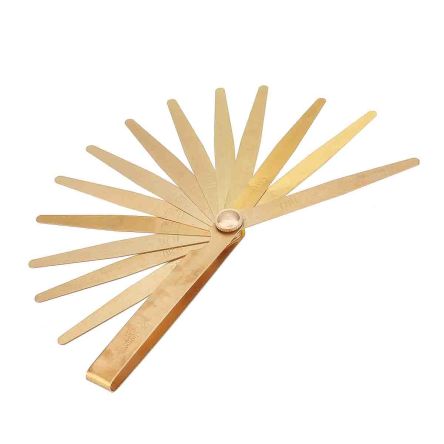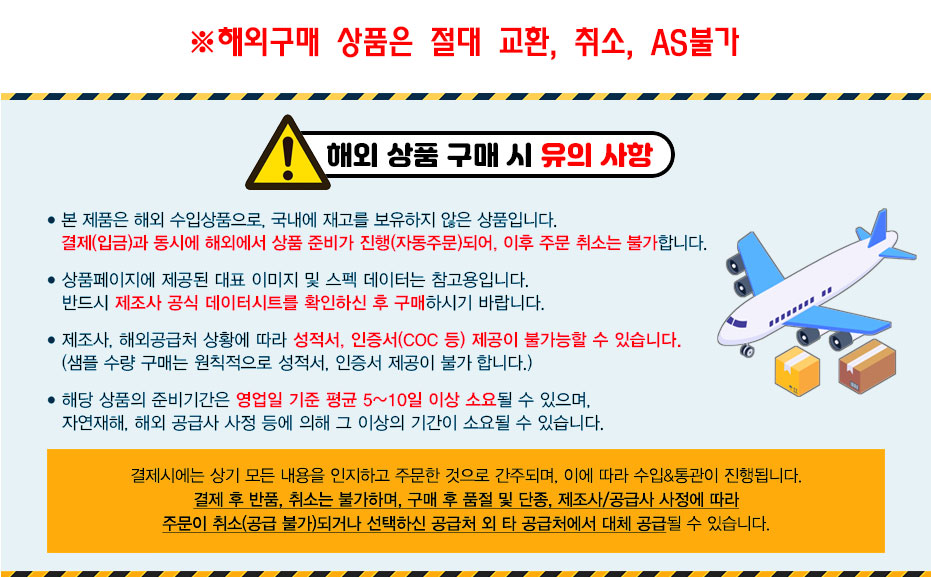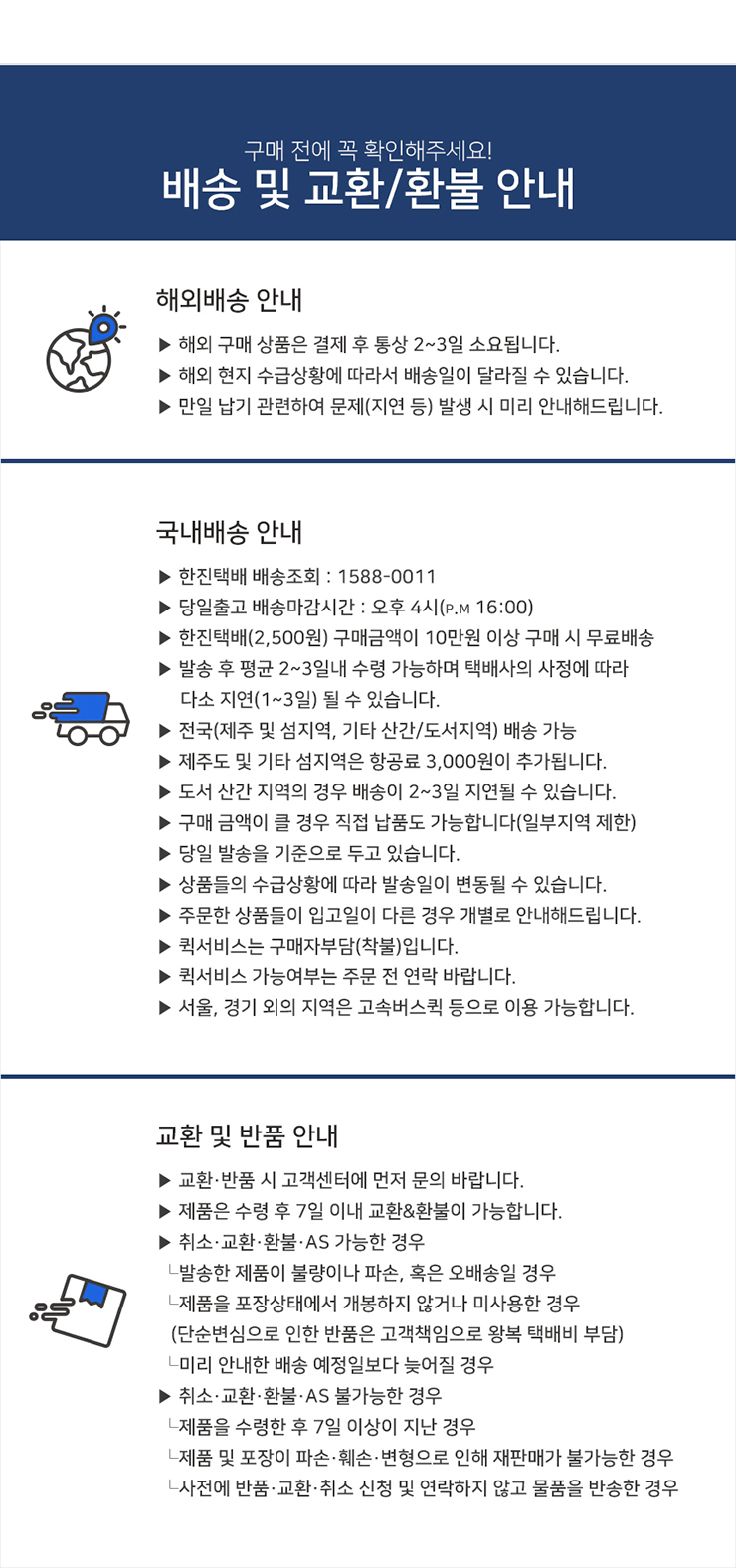




■ 제품필수정보
| 제조사 | RS PRO |
|---|---|
| 제조사품명 | 78-222-013 |
| 간략설명 | RS PRO Feeler Gauge 0.5 ??1mm, 13 Blades |
■ 제품사양
Number of Blades = 13 Measurement Range = 0.5 ??1mm Imperial or Metric = Metric Thickness = 0,5 ??1mm Length = 105mm RS PRO Brass Feeler Gauge, 13 Blades 0.5mm ??1.0mm Introducing the RS PRO brass feeler gauge, a compact hand tool ideal for measuring gap sizes between mechanical parts and materials. This feeler gauge features 13 blades with 0.05mm increments printed onto the blades, allowing for quick and easy measurement. The blades are manufactured from brass offering a highly durable and corrosion resistance gauge, ideal for use in a wide range of environments that require non-magnetic tools. The blades are also housed in a durable brass case with thumbscrew, allowing you to loosen or tighten the blades and select the desired one whilst keeping the remaining blades safely stored. Features and Benefits Manufactured from non-magnetic brass 13 blades with 0.5mm increments printed onto the blades Ideal for measuring narrow spaces between objects and components Durable steel case to protect the blades Thumb screw allowing the blades to be locked in place Applications Feeler gauges are a type of measurement tool used to measure the clearance between two parts or pieces of material with precision. They feature several blades (or leaves) that vary in thickness. Feeler gauges are used in a wide range of applications including: Engineering Carpentry DIY Automotive Industrial Standards DIN 2275. FAQs Why use brass? Brass feeler gauges are designed to be used with components that require non-ferrous and non-magnetic tools to operate, such as early electronic ignition systems. Is this in imperial or metric? The RS PRO feeler gauge features metric measurements in mm (millimetres). How many blades are featured? This feeler gauge features 13 blades with thickness sizes 0.05 to 1.00 mm. What can feeler gauges measure? Can be used for checking a range of materials and parts including: tappet clearances, spark plug gaps, distributor points, bearing clearances and piston ring gaps.